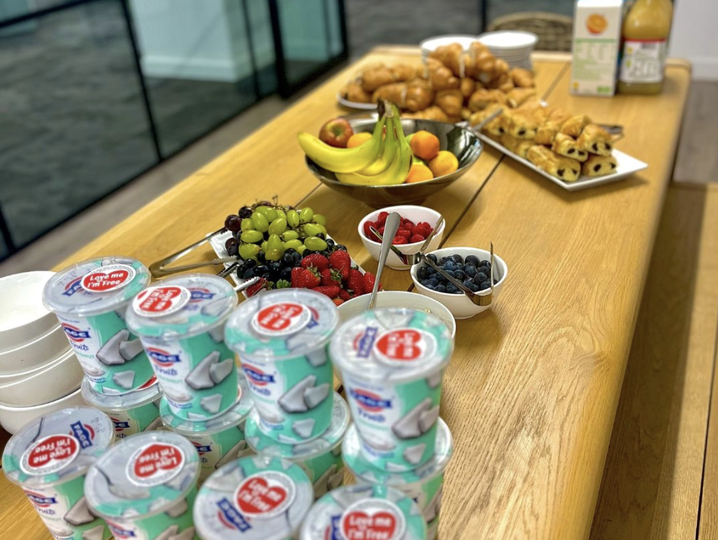Gems Sampling Blog
Here you can find the latest news, guides and exclusive features coming to gems sampling

Sampling to Build Brand Loyalty & Create User Generated Content
Sampling to Build Brand Loyalty & Create User Generated Content In today’s digital age, where consumers are bombarded with endless marketing messages, creating authentic and

Introducing Gems Sampling: Our Evolution Beyond the Workplace
From gemsatwork to Gems Sampling: Our Evolution Beyond the Workplace Exciting news, we’re thrilled to announce that gemsatwork is now Gems Sampling! This transformation is

Cost-of-Living Crisis: Is Sampling the Solution?
Is Sampling the Solution To The Cost of Living Crisis? Nearly half of all adults in the UK said they bought less food in the

Why it’s important to leave feedback with Gems Sampling
Gems Sampling Surveys: Don’t miss out on future campaigns Leaving feedback is an integral part of our experiences at Gems Sampling. Not only does it

How to opt-in to our campaigns
Opting-in to our campaigns is easier than ever before Opting-in to our campaigns is better than ever before. If you’re eligible, we’ll send you an

Don’t compromise when it comes your product sampling agency!
Don’t compromise when it comes your product sampling agency! Gems have 30+ years of product sampling agency & marketing experience collectively as a team, we

Embracing the Chill: Reaching your target audience at the optimum times in Autumn and Winter
Reaching your target audience at the optimum times in Autumn and Winter As we wave goodbye to the warmth of summer, we welcome the chilly

The benefits of product sampling
The benefits of product sampling In the fast-paced world of consumerism, capturing the attention and loyalty of customers has become more challenging than ever. With



